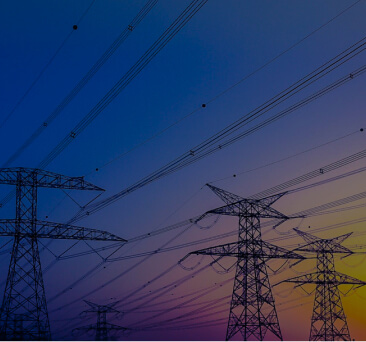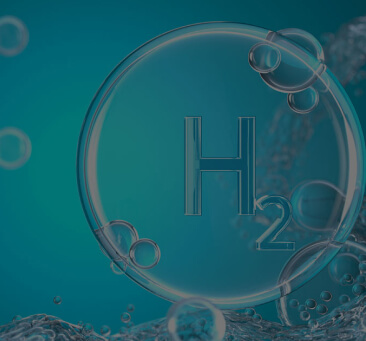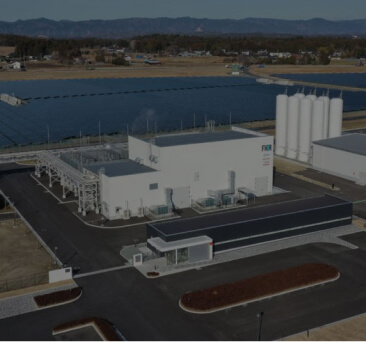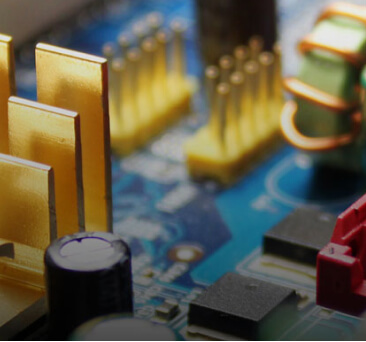Despite progress in areas such as clean water and forest management, most of the world’s countries are looking to carbon-neutral technologies to help them meet the 2030 sustainability goals outlined in the Paris Agreement1. Human activities around the world emitted about 43.1 billion tons of CO2 into the atmosphere in 20192, breaking the previous record and reminding leaders that they must take action to avoid causing permanent damage to the earth’s climate.
Many concerned governments and corporations are shifting towards renewable energy sources to help reduce CO2 emissions—but solar, hydro power, and wind power generation come with inherent issues. The amount of electricity generated by renewable energy sources fluctuate depending on time, the season and natural climate conditions, and energy storage presents a challenge. Energy infrastructure problems also need to be addressed, such as how surplus energy can be effectively transported to other locations where they are needed.
As an innovator in carbon-neutral technology, Toshiba is exploring several solutions for carbon reduction and renewable power generation, storage, and transmission and utilization.
Renewable energy generation and transmission
Renewable energy promises sources of power without carbon emissions—but several challenges. In recent years, there has been less suitable land for constructing large-scale wind and solar power plants near large power consumption areas; and limited room for developing new power plants. As a result, efforts have focused on offshore wind power generation, which has a lot of room for development in Japan.
In response to these trends, Toshiba recently partnered with GE to expand utilization of offshore wind power in Japan. The project aims to carry out the main processes of GE’s offshore wind turbine manufacturing in Japan. This is to encourage growth of offshore wind projects, contributing to the Japanese government’s goal for carbon neutrality by 2050.
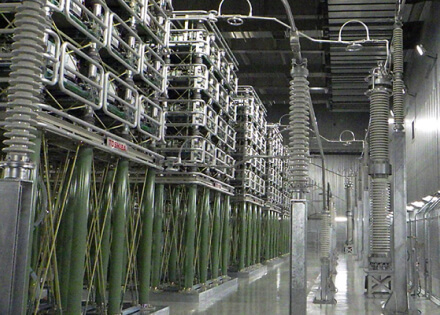
To solve the challenge of transmitting electricity from remote locations, high voltage direct current (HVDC) technology is ideal because it’s better at transmitting large volumes of electricity across distances than the more common alternating current (AC). Toshiba’s HVDC power transmission project in Hokkaido, Japan, includes a 122-km hybrid DC transmission line with converter stations at each end, linking Hokkaido with Honshu, Japan’s main island to the south. Using a voltage-sourced-converter, the station can transmit power from Honshu even if there is an outage in Hokkaido.
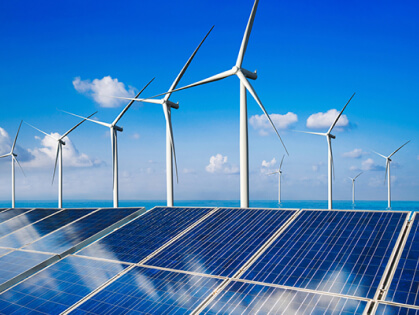
Toshiba’s reputation for delivering AC/DC converters for DC underwater power transmission cables in Japan resulted in another partnership with an Italian utility company, which commissioned 400 km of undersea cables across the Adriatic Sea from Cepagatti, Italy, to Kotor, Montenegro. Electricity from nuclear and renewable sources is converted to DC and transmitted to Italy, where it’s converted back to AC – delivering renewable energy to the Italian power grid.
Energy storage with hydrogen conversion
Storage is another challenge facing renewable energy developers. Wind and solar power, in particular, are variable due to constantly changing weather conditions, so power stations need to find ways to store excess energy and regulate output. One way to do that is by converting energy to hydrogen, which can be stored and transported easily.
Fukushima Hydrogen Energy Research Field (FH2R) in Japan provides a good example. Currently FH2R is the world’s largest-class hydrogen production facility3. FH2R can produce as much as 1,200 Nm3 of hydrogen per hour using renewable energy – this is the equivalent of the average electricity consumption of 150 households for one month. The hydrogen produced at FH2R helps stabilize the power grid by adjusting to supply and demand, and also fuels green transportation options such as hydrogen-powered cars and buses.
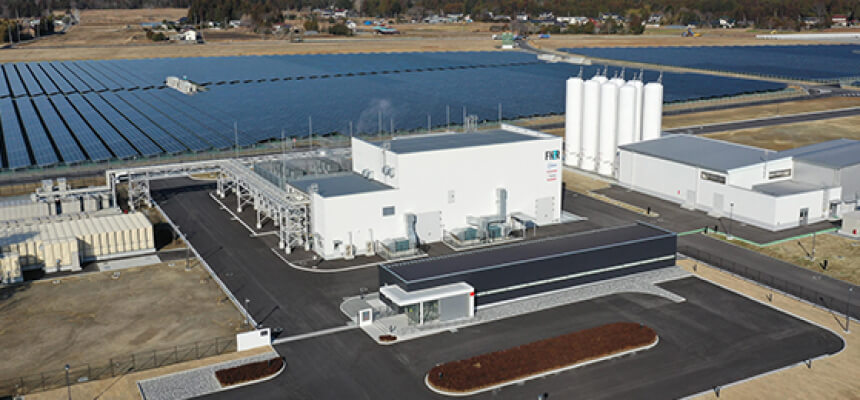
Fukushima Hydrogen Research and Energy Field (FH2R): Courtesy of FH2R
Optimal power control by the virtual power plant(VPP)
In a new world of renewable energy sources, electric power companies face challenges around how to regulate and distribute power. One way to address that challenge is with a virtual power plant (VPP), which combines a decentralized network of power-generating units such as solar parks and wind farms. This can also include traditional power plants, batteries, storage systems, and consumers who generate solar or wind power at their home or business and wish to sell their surplus. Each station installs a unit that connects it to the central cloud-based system, where power levels are regulated and distributed.

Analytics provide insights about consumption and can be used to forecast demand. Toshiba has developed advanced distributed power supply control technology that gives a clear picture of an existing power network and distributed power supply, allowing grid operators to make well-informed decisions about optimization. Toshiba’s demand forecasts and PV power generation projects has also won grand prizes in the first PV Power Generation Forecast Contest, PV in HOKKAIDO5.
In a recent venture with Next Kraftwerke, Toshiba began a new company to provide support services that optimize energy trading and mitigate imbalance6 risks for owners of renewable energy assets and aggregators in Japan starting in 2021. In addition, Toshiba launched a “Toshiba VPP as a Service” subscription for electric utility companies and independent power producers in Japan, offering forecasting services to help regulate VPPs.
As nations around the world seek a carbon neutral future, Toshiba is leading the way with a range of solutions, from renewable energy to CO2 reuse and savings. Working together, we can effectively tackle climate change.
- UN Measuring Report May 2021
- Global Carbon Project/National Institute for Environmental Studies, Japan
- Further information: https://www.toshiba-energy.com/en/info/info2020_0307.html
- Further information: https://www.global.toshiba/ww/technology/corporate/rdc/rd/topics/19.html (as of March 15,2019)
- Further information: https://www.hepco.co.jp/info/2019/1241221_1803.html (in Japanese)
- Imbalance: difference between power generation plan and actual demand


